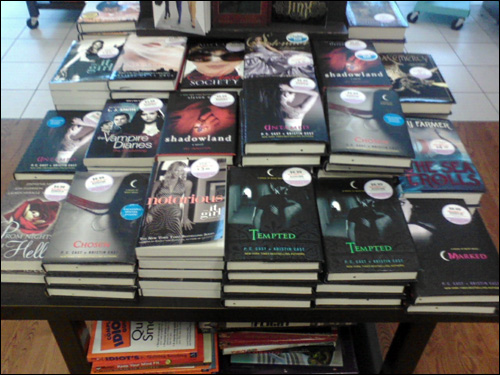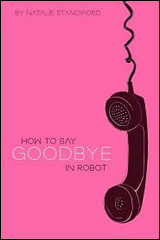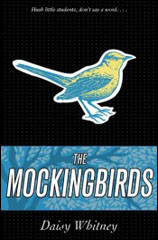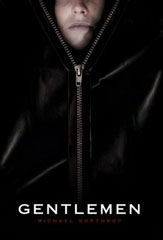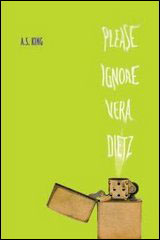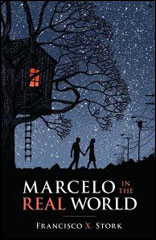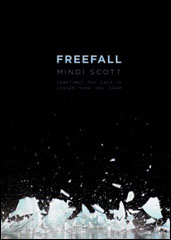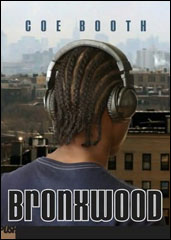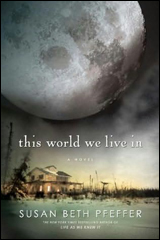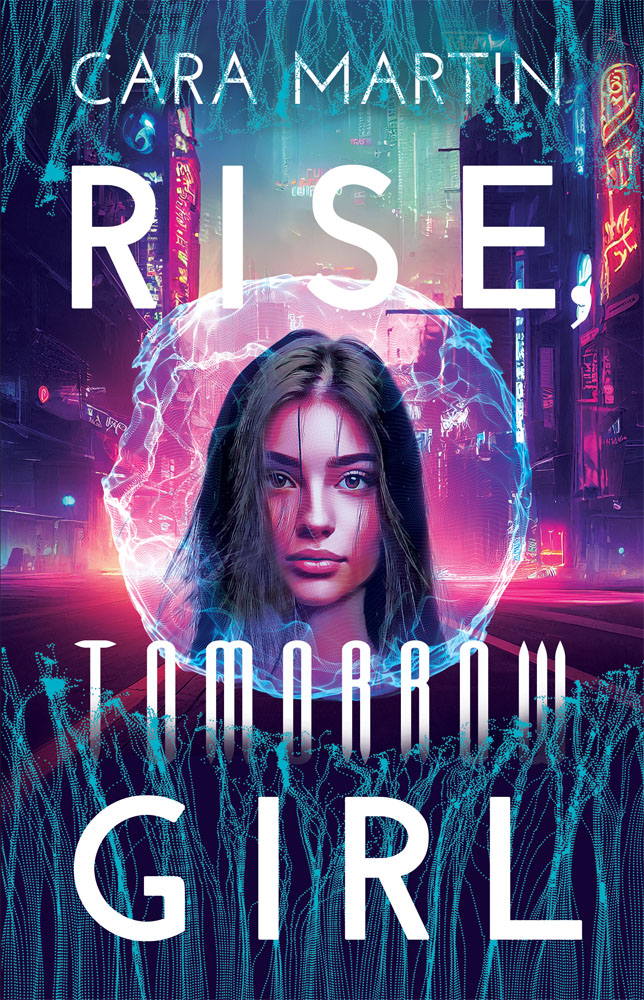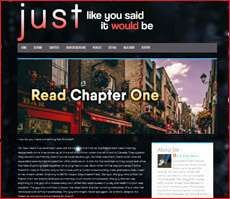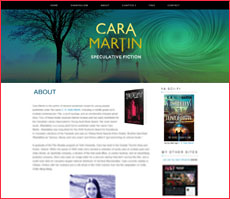Covers like this seem to very nearly be a default in YA publishing these days and in some ways I'm a little hesitant to be critical of aspects of this trend because we live in a culture where female stories generally don't get put on the big screen, for example. Hollywood doesn't believe young men (who they feel are their main ticket buyers - erroneously I may add because MPAA stats from 2010 show that women and men go to see movies in equal numbers) want to see movies about girls and women and consequently are very reluctant to produce many. Women can be eye candy in films, sure. They can be girlfriends, wives or peripheral characters but movies that feature a woman in the lead role are few and far between. A 2008 study that tracked women on screen and behind the scenes in the top 100 grossing films from that year found that males vastly outnumber females in speaking roles. Of 4,370 speaking roles, only 1,435 ( 32.8%) of those roles were female. Girls aged 13-20 were also hypersexualized in films at a rate of 39.8% vs. only 6.7% for boys.
The Geena Davis Institute has researched gender inequality in media aimed at young children and those same issues exist there too. “For every female character there are three male characters in G-rated films. In group scenes, fewer than one in five characters are female.” Their research also showed that when female characters do exist in media, "most are highly stereotyped and/or hyper-sexualized", with female characters in G-rated films wearing virtually the same amount of sexually revealing clothing as those in R-rated films.
So in that light the publishing notion that a young woman can sell a story without being a sex object seems positive. However, many of these covers feature young women that could be (and probably are) fashion models which is one problem (isn't even the fashion industry trying to veer away from the idea that a girl needs to be be a size two to represent them?). Another is that there's a marked lack of diversity on display. Where have all the teenage boys gone? Where are all the black and Asian girls? And does making novels look like carbon copies of each other really help sell them? Really? Really?
In my opinion ideally a book cover should give potential readers a hint about the story inside, not just offer a snapshot of a super idealized version of the main character or his girlfriend. When I say the 'story inside' I don't just mean the plot but the tone of the novel. Is it wistful? Funny? Tragic? Off the wall? A cover should illustrate what's unique about a book, rather than seeking to make it look generic.
Admittedly, I've heard my own publisher say that bookstores want girls on the covers of my books (seemingly even when they're actually as much, if not more, about boys!). But I have trouble understanding the big chain stores' dedication to this default. It seems a little like running a café where the manager has labelled every dessert as New York Cheesecake (because hey, cheesecake is popular!), although when a customer's order arrives at their table they may well find it tastes more like key lime pie or a banana split. Wouldn't this irritate the customers who were actually expecting cheesecake? And what about the people who were hoping for something other than cheesecake but don't realize key lime pie and banana splits are on offer because the manager has placed all their eggs in the cheesecake basket?
As an illustration of the cheesecake issue, here are two different covers of a warm, original young adult novel about loss, friendship, family and memory. It's a book with three dimensional characters that I greatly admired and was sorry to say goodbye to.
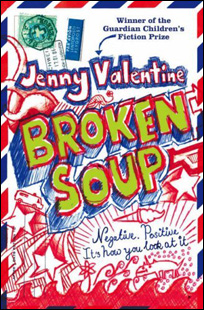 |  |
The first cover is the U.K. one and obviously takes its inspiration from an airmail envelope. It looks extremely creative and dynamic, like a story that we haven't read before. Something fresh and original. On the other hand, when Broken Soup was later released stateside it was with a cover that didn't reveal a thing about the book's feel or contents. Voila today's default cover. Is it an attractive cover? Yeah, sure. It looks just fine. But I'm not sure what would make someone pick up this book rather than the one next to it on the shelf unless they already knew something about Broken Soup (which, incidentally, everyone who is into YA should read because Jenny Valentine is an amazing writer).
Now of course I'm not saying there shouldn't be any attractive white girls on YA covers because there are some extremely creative, individualistic looking covers featuring just such people. But I am saying it doesn't make sense to have any one single default template for book covers because it does novels a disservice by suggesting they're telling the exact same story in the exact same way. It makes it seem that if you don't want to read that similar story again and again maybe there's just not that much out there for you read, which I don't happen to believe is true (although unfortunately some terrific YA books may not have made it into your nearest chain store if their covers or subject matter don't blend in well with the rest).
I realize there are trends in publishing and the popularity of the current default cover is bound to fade and be replaced with some other default in time but it would be tremendous if we could bulldoze the idea of putting together generic covers entirely and allow designers some room to, you know, be creative. This is supposed to be a creative industry, no?
Having said that, there are still teen books out there that have managed to avoid the current generic default cover trap and I want to show off some of my favourite such covers from the last couple of years. Each of the below covers links to the author's website or blog and at the briefest glance gives you a clue what it would feel like to read the stories contained within. Vive la différence!

